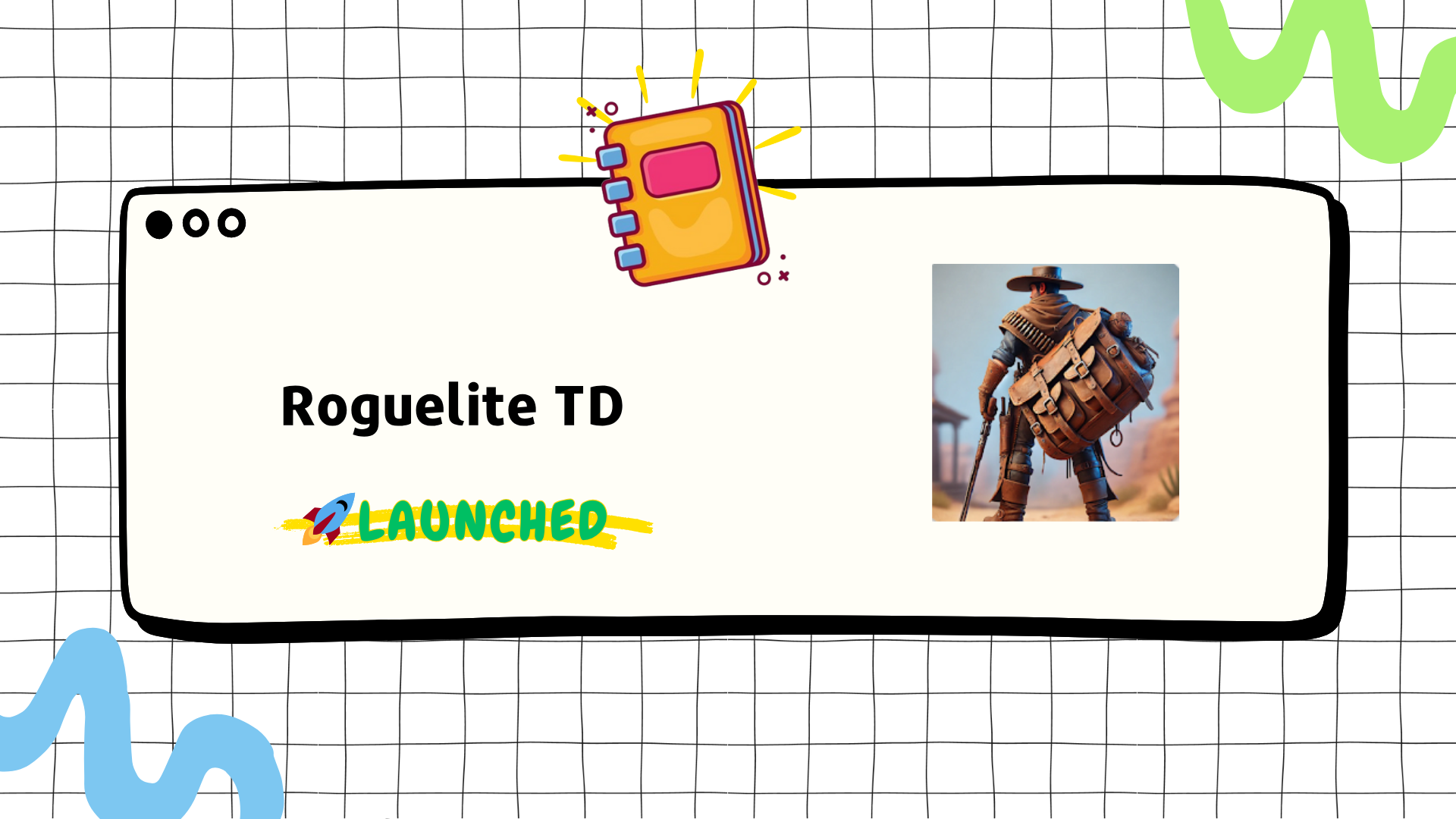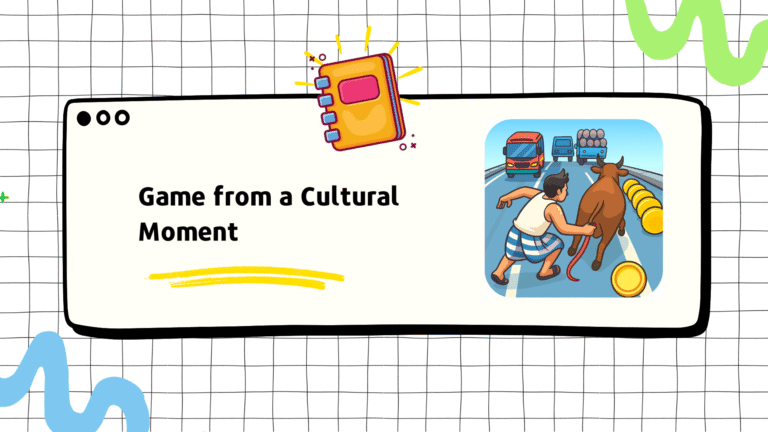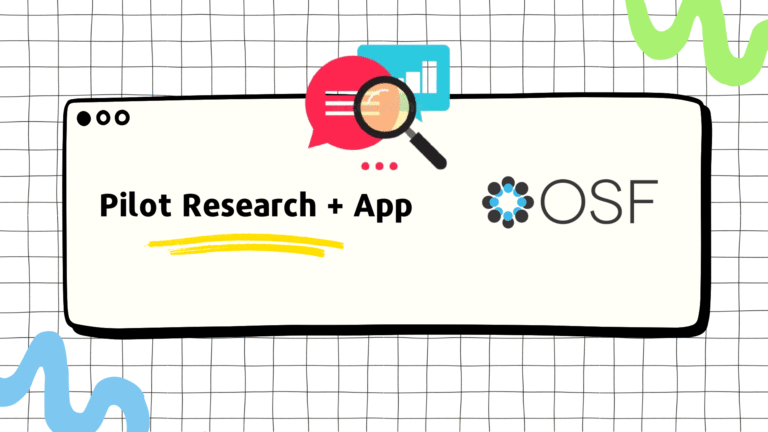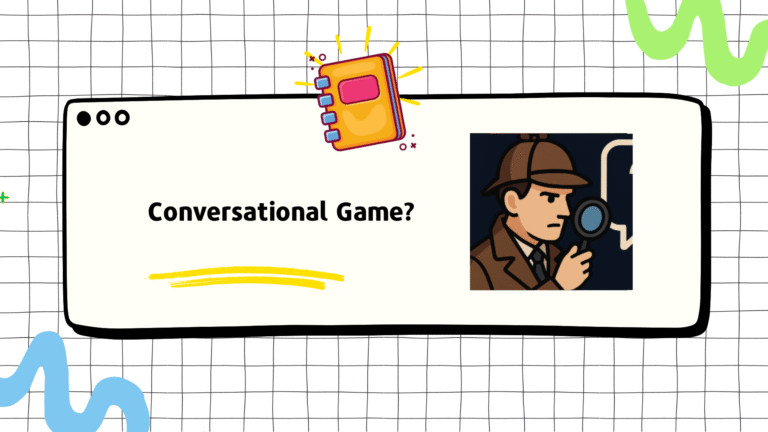Game Link: Android & iOS
Context
We started a new collaboration with a publisher (Homa). The publisher wanted to explore the mobile roguelite direction combined with a light puzzle. Our goal would be to take roguelite tower defense games that work in the eastern markets, like China, make them western-friendly, and test them in the western markets. Such games were Doodle Magic & Bacon’s Revenge
Hypothesis
The idea that I presented was to take the core loop of Bacon’s Revenge and apply a hypercasual wild west theme to it. I assumed that we could get the gameplay KPI from Bacon’s Revenge, like the core that was already proven. We would get a great CPI with the hypercasual theme that is more digestible in the Western market. This would increase the LTV to CPI gap, making this game profitable.
Here’s the MDA framework that I used to fine-tune my concept
Mechanics
Everything starts with the bag. A grid with limits. You merge two of a kind to level up, spend silver to refresh, and expand space when you can afford it. What’s in the bag decides how you fight. Knives throw straight, dynamite blasts AoE, heals save runs, and armor buys time. Since the gameplay itself was idle, the full verb set was: organize and merge
Dynamics
Once players start playing, tension shows up. Space runs out. You debate between keeping a weak item, merging to save space, or rolling for something better. The run becomes a rhythm of pressure and relief.
Aesthetics
The goal was simple: feel smart under pressure. Each merge, each heal, each clean inventory moment hits that note. The western tone keeps it grounded and relatable with the western audience, not flashy.
Mechanics build limits, dynamics create tension, and the aesthetic makes survival feel earned.
Process / Experiments
I was the designer and also the core programmer. I designed the grid system, the drag and drop mechanic, and the combat. I also designed the roguelite skill choices. Then, I worked on the wave system, where each wave was powered by the combat power of the enemies. Here’s how the first version turned out
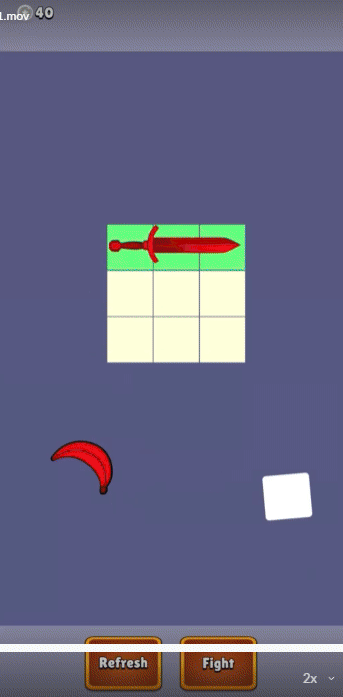
Once the loop was working, I added 15 basic skills to test progression and variations in playstyle. Enemy diversity was crucial. We built five types with distinct stats and behaviors from the fast weaklings to the heavy two-headed bosses that split on death.
The first APK showed promise. Combat worked, merging worked, and the feel was getting there. But the challenge was balancing the overwhelming number of systems. Each feature needed iteration. Every version after that became a layer of refinements, art, FTUE, UI clarity, item feedback, enemy pacing, and monetization.
When the semi-polished build was ready, we focused on meta layers. The shop, upgrade screen, and inventory are all tied together.
As art came in, the world evolved visually, with new characters, environments, and object sets. We found that even small texture changes could shift perception drastically. Each build got closer to the intended “strategic chaos” we were aiming for. Finally, in 4 weeks, our v1 was ready to test
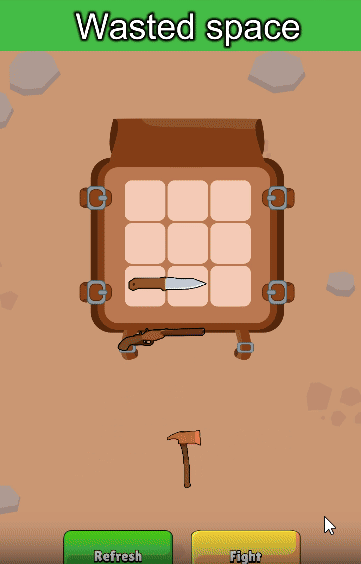
First Version: Observations
- CPI: $1.13. We wanted below $1 CPI, but this was close enough. It showed promise, and the theme indicated attractiveness
- Engagement: D1 retention of 27% was alright. Cumulative playtime D3 stood at 2744s. We assumed that we could improve retention and playtime by adding more content. Players were burning through the content on day 1 (1720s)
It was clear from the first observations that we would iterate on it
SECOND Iteration
Because of the strong early KPI, I discussed with the publisher to give it another iteration of 4 weeks. This time, because of its potential, the whole Gameloops team would work on it. So right off the bat, I opened up the project tracker, collaborated internally to make sure everyone was prioritizing what they needed to.
- I added rewarded ads on grid slots and refresh buttons, ensuring that monetization felt like an extension of the player’s decisions rather than a disruption.
- I analysed Bacon’s Revenge item drop rate to understand how they designed their economy. You can check it here
- I also did a weapon analysis of Doodle Magic. It has diverse weapons with unique targeting and layered skill progressions that unlock new mechanics and synergies. Players balance risk and reward through upgrade trade-offs and conditional power-ups, adapting strategies each run. Combined weapons and varied effects ensure high replayability and personalized playstyles. I took learnings from that and used it in our weapons and skill system
- I, along with the artist, improved the look and feel of the game significantly
- My fellow programmer worked on the content addition
- We jumped from 15 basic skills to 152, a total of 20 weapons, 14 total levels, and much more
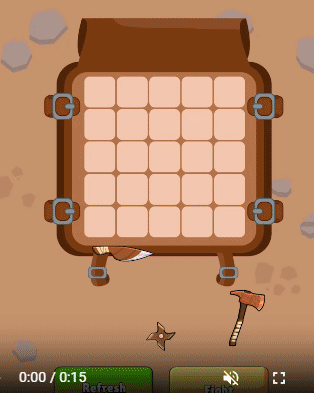
SECOND Version: Observations
The in-game KPI were very strong, but again, the CPI trend was up
- CPI rose from $1.13 to $1.26
- Cumulative D3 Playtime increased to 4477s from 2744s, which was mouthwatering
- Detention D1 increased to 39% from 27% which was amazing
- Even the monetization was looking good. On average, D0 players were watching ~10 rewarded video ads (which was unheard of)
At this point, we knew we had to keep pushing on the CPI front to make it lower or at least not to let it rise.
Following Iterations
We did 2 more 2-week iterations on this game, improving the level funnel, onboarding, and skills and content. Although the gameplay numbers fluctuated a bit, even reducing in the final version, the significant impact was the rise of CPI
On v1, it was $1.13, which rose to $1.59 on the final version, even while refreshing the creatives. It was a shame because the monetization was very strong, but it couldn’t realistically hit the Homa target of 200% ROAS on D7. That’s why we moved away from this.
Collaboration with YsoCorp
I pitched this to YsoCorp, who had more adaptable KPIs. We finalized a monetization plan that fit the game’s design without changing the team’s focus. Once implemented, the game was tested with promising LTV.
This opened the door to a global launch under YsoCorp, validating both the game design and the publishing strategy. I added in-app purchases for new character types with unique advantages and finally launched the game
Takeaway & Next Steps
- The gameplay loop of organizing and surviving works great. Players stayed long, and engagement was strong.
- Monetization should be built into the core, offering meaningful benefits to the player to make it extremely effective
- I learned that finding the right publisher fit is as much a design decision as pacing or weapon balance, because without the right partner, even strong games can be dropped


